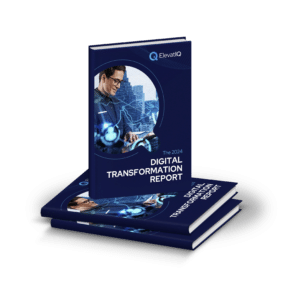Defining Headless Commerce Strategy and Architecture
Through the structured approach of providing custom-tailored, cutting-edge customer experiences through headless and microservices architecture.
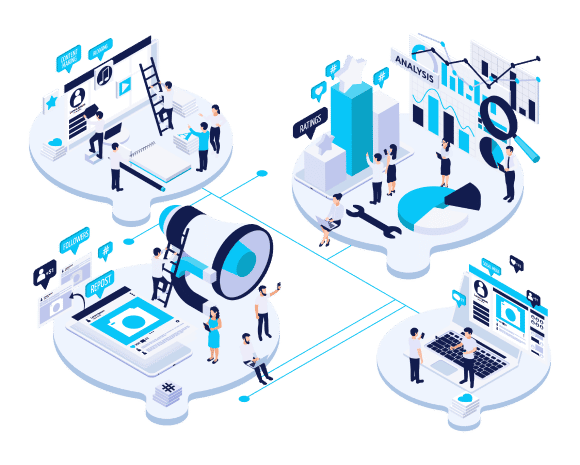
Why do eCommerce Brands Need
a Headless Architecture?
Brands that have omnichannel and unified experience as a critical success factor want to tap into opportunities through new customer acquisition channels such as shopping mall displays, train station kiosks, or airport lounges. The other legacy platforms are not enough for them. So they require a headless architecture. Do you care for a unified commerce experience as well?
Cutting-edge Customer Experience
The brands that are non-traditional commerce brands, such as automotive, airline, travel, media, etc., require tailored customer experiences. The same “Me-Too” experience is not enough for them. With headless, it’s almost like getting a complete custom website. But 10x faster!
Scalable Architecture
The larger brands with heavy traffic on their site can’t treat the entire commerce platform as one scalable unit. Because not all composed units will share the same workload. Think of this as your search requiring a lot more resources than your order processing engine. Headless architecture treats everything as individually scalable units.
Hyper-Personalization
Brands that care for hyper-personalization can programmatically replace most building blocks for any user persona – at the user level (if required). And not just at the customer group level. Legacy technologies struggle with the same level of hyper-personalization.
Composable Experience
The challenge with tightly integrated platforms? You lose the choice of using best-of-breed options. Unlike other backend technologies, the need for best-of-breed and composable architecture is more with commerce applications. Because brands may not have control over all of their choices. But why? Because external factors may drive the choices, such as search engines.
Unified Commerce
Brands that want to tap into the opportunities offered through new channels, such as shopping mall displays or airport kiosks. They typically struggle in integrating loyalty, account, and pricing across channels. The headless experience can provide a unified experience across all channels.
Speed and SEO
SEO is all about speed. And when brands carry thousands of SKUs in their portfolio, the legacy platforms struggle with the speed of delivery. The headless platforms’ design allows them to deliver at light speed regardless of the workload, impacting search rankings.
Want to learn more about why independent consultants have a higher success rate with headless architecture?
Our Case Studies for
Headless Commerce Strategy
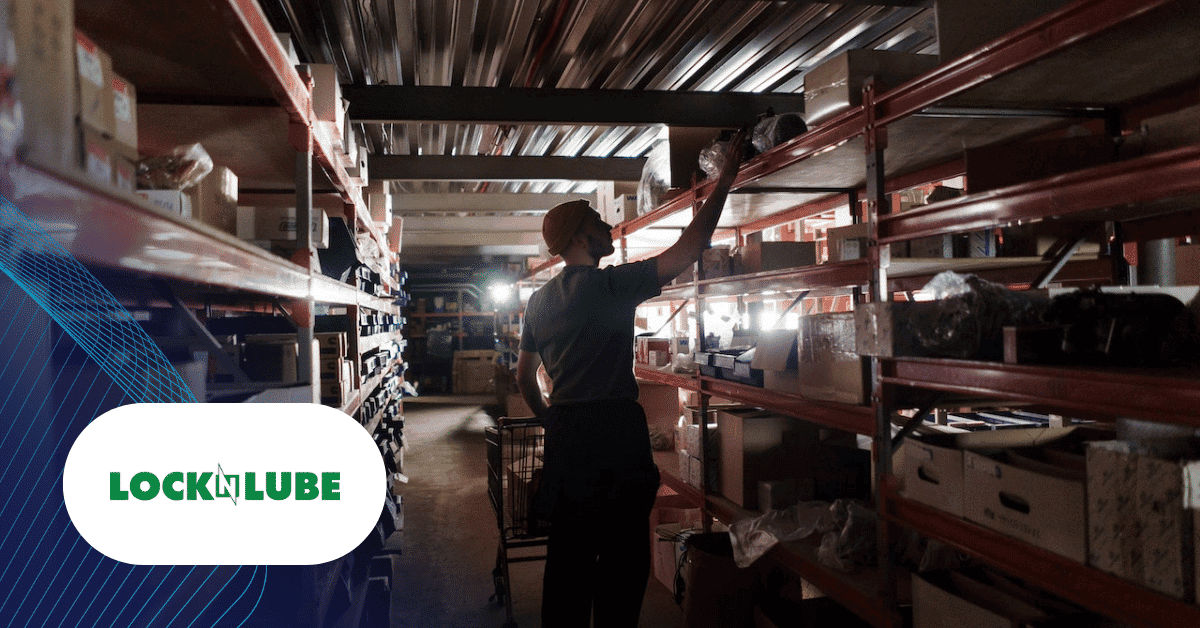
ECommerce Supply Chain Transformation With ERP Selection
Download the eCommerce Supply Chain transformation case study and learn how LockNLube transformed its inventory and supply chain challenges by consolidating over 20 systems. As well as by creating business, process, information, and system architecture as they prepare for the next phase of their growth.

Omnichannel eCommerce Customer Experience Transformation
Download the omnichannel eCommerce customer experience case study and learn how fashion retailer AKIRA built a digital roadmap and managed stakeholder expectations to transform its processes and systems to explore newer business models such as buy-online-pickup-in-store and curbside pickup.
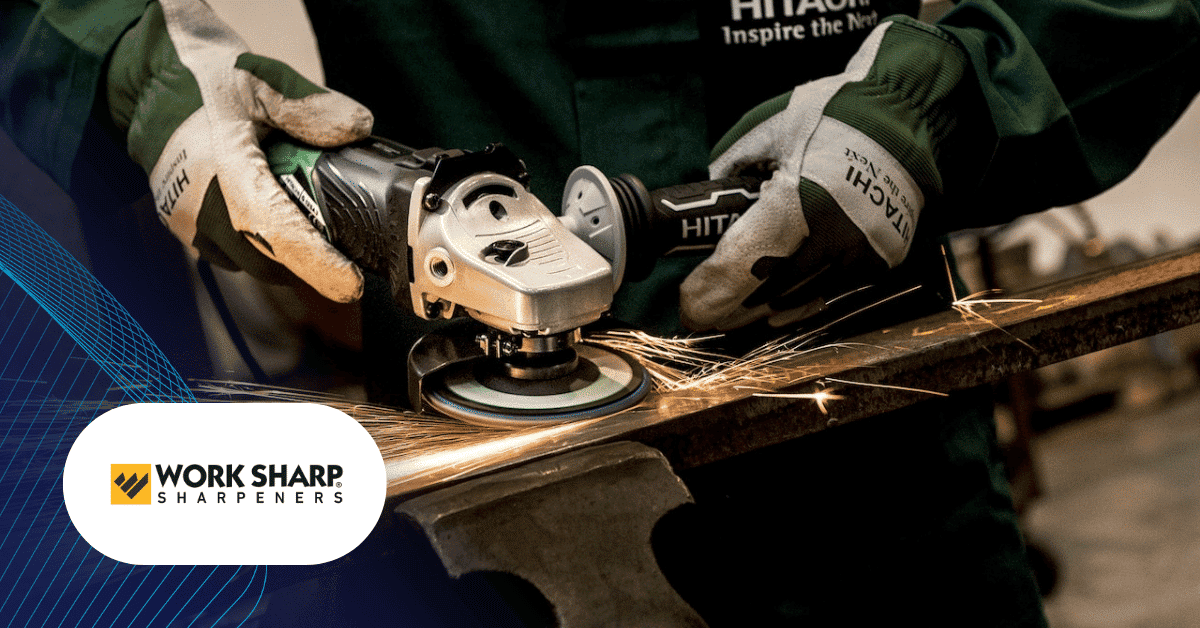
ERP Optimization and Integration Architecture Development
Download the ERP optimization and integration architecture development case study and learn how Work Sharp fixed their broken ERP implementation that caused customer service issues and improved Supply Chain planning.
Our Methodology
for Headless Architecture
The process starts with building the requirement and process matrix, as well as the architecture and interactions of all components involved in the architecture. Once the basic functional requirements are captured, then the solution starts with wireframes, followed by high-fidelity design. And then, once all stakeholders align on the design, navigation, and copy. Then the development phase would be a couple of sprints.
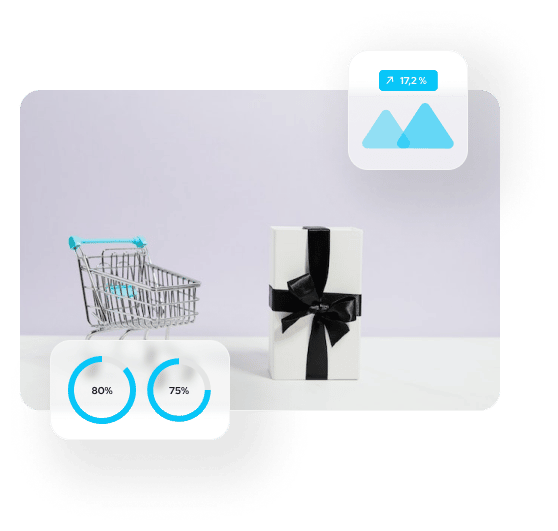
1 Strategy
This phase identifies customer journeys, SKUs, and the financial plan for eCommerce efforts. Simply re-platforming an existing eCommerce site to headless? Then you might need to just rethink and re-engineer your existing strategy. Starting fresh? Then you need to figure out the SKUs, the role of the channel, the fulfillment model, and the financial plan for the channel. As well as the resources you might need to support your eCommerce efforts.
3Design
This phase goes through a series of design exercises, such as wireframing low-fidelity layout, followed by high fidelity. This phase also designs the API layer that will serve data from different systems. And how the data will be consumed by the UI layer.
5UAT and User Testing
In this phase, business users test the functionality. Ensuring that it's consistent with the original vision (and scope). This phase might also invite a few customers to provide early feedback on the solution. The development team will provide support for any bugs detected during testing.
2Requirements and Architecture
This phase is a quick review of functional requirements. And the architectural components you would need to meet the requirements. As well as any integration required. Not to mention identifying sources of authority for different datasets.
4Implementation
Once all stakeholders align on the requirements and design, this phase will be a series of sprints. And go through the development (and testing) of the screens. As well as integrations.
6Deployment and Optimization
Depending upon the release strategy, the code may be deployed as it is built. Or it may be released as per the release schedule. Upon releasing features, the marketing team will monitor changes. Depending upon the changes reported or suggested, the dev team will work on changing the existing features or developing new ones.
Ready to learn how we can help With Headless Commerce Strategy and Architecture?
Our Other
eCommerce Services
ElevatIQ eCommerce services include digital strategy roadmap, channel analysis, product profitability analysis, customer journey mapping, UX and conversion issues, eCommerce platform optimization, system integration, eCommerce platform selection, re-platforming, and contract negotiations.
Digital Strategy and Planning
This service helps in defining customer journeys to improve the effectiveness of your sales and marketing channels or you need a comprehensive strategy to penetrate a target market.
Digital Commerce Business Model Transformation
This service helps eCommerce brands enable business models such as D2C, buy-online-pickup in-store, buy-online-return-in-store, or subscription-based business models.
E-commerce Solution Architecture
This service helps in setting the right foundation for your architecture, whether your architecture might contain just one platform or several, including PIM, DAM, DXP, and CMS. ElevatIQ can help define the architecture you need to enable customer experience.

